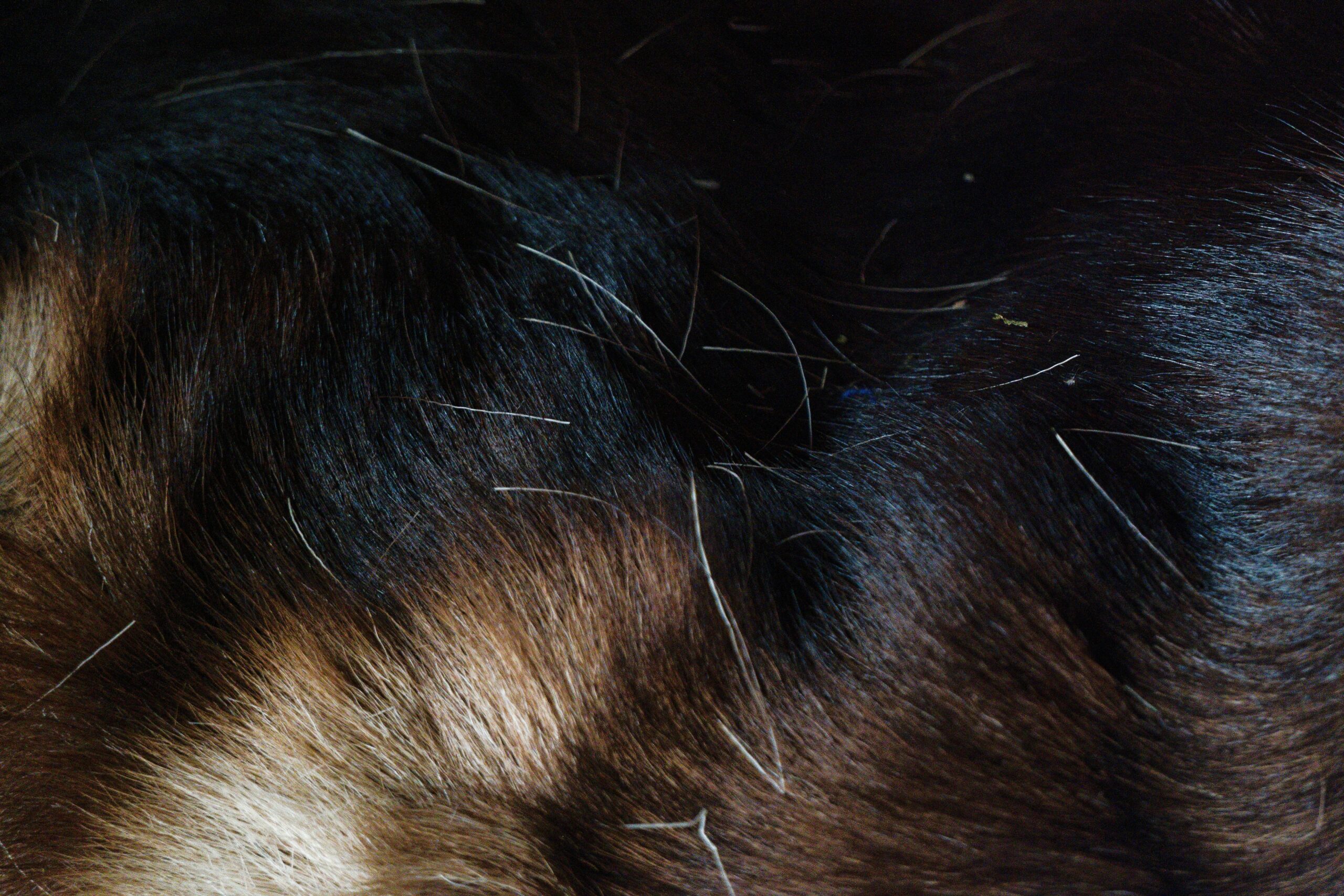Affiliate Disclosure: This post may contain affiliate links. This means we may earn a commission if you make a purchase through these links. This is at no extra cost to you. We only recommend products and services we truly believe in. Your support helps us keep the site running! Thank you.
Biewer Terriers are almost 100% non-shedding. This means they shed little to no hair and are considered a hypoallergenic breed of dog.
As a result, Biewer Terriers are great for people with allergies, people with disabilities, and homes with young children.
Advantages of low-shedding dogs

Low and non-shedding dogs, such as Biewer Terriers, while not entirely hypoallergenic, offer several benefits for those with allergies or a preference for a cleaner living environment:
- Reduced allergens: These dogs produce less dander, which is the primary allergen for many people. Between 15 and 30% of Americans are allergic to cats or dogs, according to Filtrete. Animal allergy sufferers are allergic to the protein found in pet saliva, urine and dander from shed hair. So, choosing a dog sheds very little is usually the best option for them.
- Cleaner home: Less shedding means fewer stray hairs around the house, reducing the need for constant cleaning. Americans typically spend 6 hours per week cleaning. And by choosing a low-shedding breed of dog, such as Biewer Terrier, you won’t have to worry about a significant increase in your cleaning time.
- Less pet hair on clothing: Clothes stay cleaner, eliminating the hassle of removing pet hair. And if you do get any Biewer Terrier hair on your clothing, a quick brush over with a lint roller should do the trick of removing it.
- Fewer allergy symptoms: For those with allergies, low and non-shedding dogs can significantly reduce allergy symptoms like sneezing, itchy eyes, and congestion. You can further ease your allergy symptoms with allergy proof bedding, such as pillows and duvets, and with allergy medications (it’s best to check with a medical professional before taking any medication).
- Easier grooming: Their coats often require less brushing and grooming, making maintenance simpler. Some Biewer Terrier owners choose to take their pooch to a groomer. Others, including me, do the job themselves with an home dog grooming kit.
However, I’ve found that a lot of my Biewer Terrier’s hair gets stuck to me when grooming him. So, if you suffer with allergies, it may be best to get a groomer to help out.
Note: While non-shedding dogs offer these advantages, it’s important to remember that no dog is completely hypoallergenic. Even dogs with minimal shedding, like Biewer Terriers, can produce allergens in their saliva and skin. If you have severe allergies, it’s recommended to consult with an allergist to determine the best pet choice for you.
Other breeds of low-shedding dogs
Not sure if a Biewer Terrier is right for you? Well, the good news is that there other low shedding breeds of dog to consider.
While no dog is truly “non-shedding,” these breeds are known for their low shedding characteristics:
Hypoallergenic Breeds:

- Poodle: Known for their curly coats, Poodles come in standard, miniature, and toy sizes.
- Bichon Frise: A small, fluffy breed with a hypoallergenic coat.
- Yorkshire Terrier: A popular breed with a silky coat that requires regular brushing.
- Schnauzer: Available in standard, miniature, and giant sizes, Schnauzers have wiry coats that need regular grooming.
- Maltese: A small breed with a long, silky coat.
Other Low-Shedding Breeds:
- Chinese Crested: A unique breed with a hairless body and a tuft of hair on the head.
- Xoloitzcuintli (Xolo): A Mexican hairless breed with a smooth, shiny skin.
- Bedlington Terrier: A medium-sized breed with a curly coat.
- Havanese: A small breed with a soft, curly coat.
- Silky Terrier: A small breed with a silky coat that requires regular brushing.
Remember: Even these breeds can produce allergens, especially in their saliva and skin. If you have severe allergies, it’s best to consult with an allergist to determine the most suitable pet for you.

